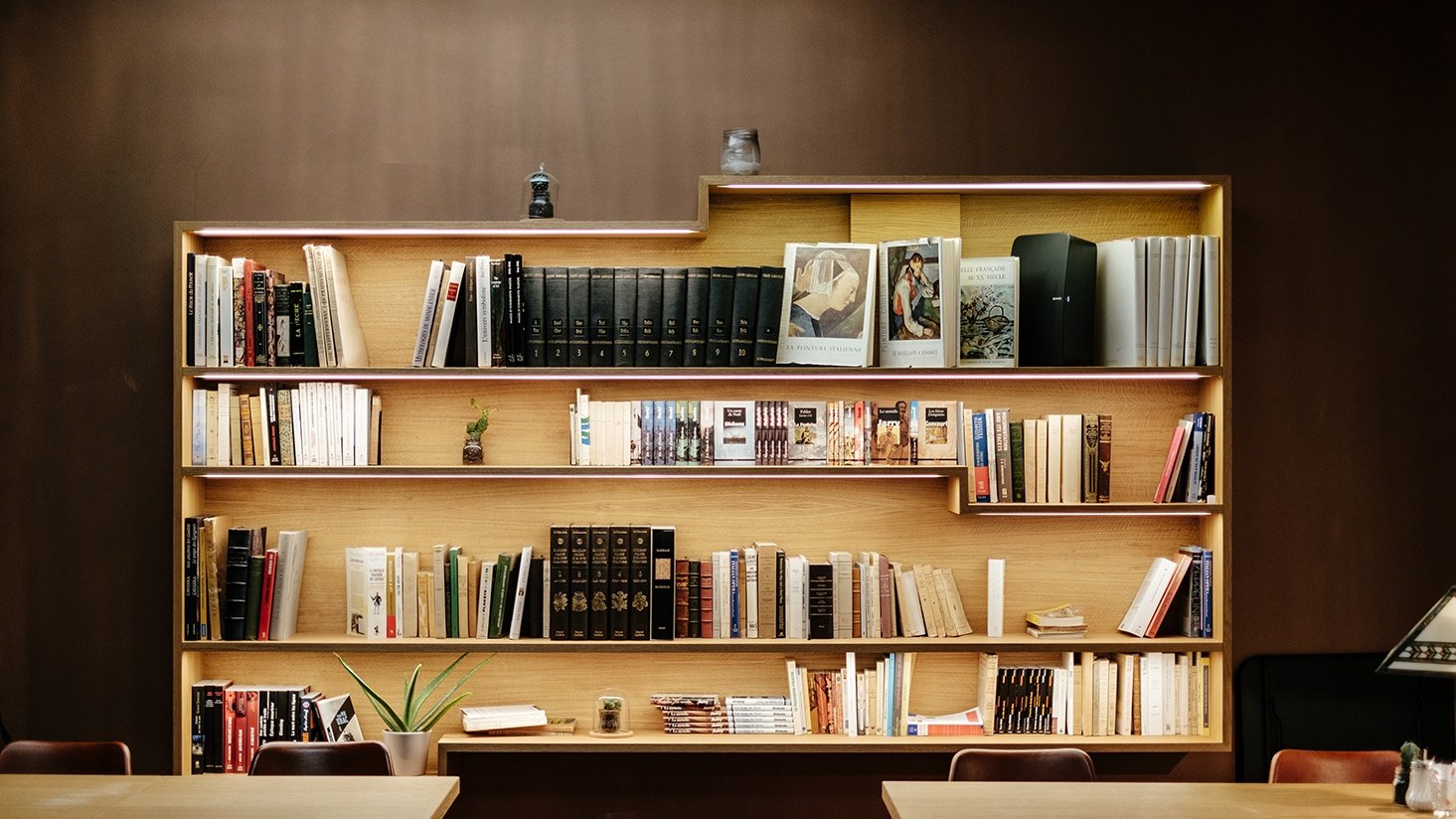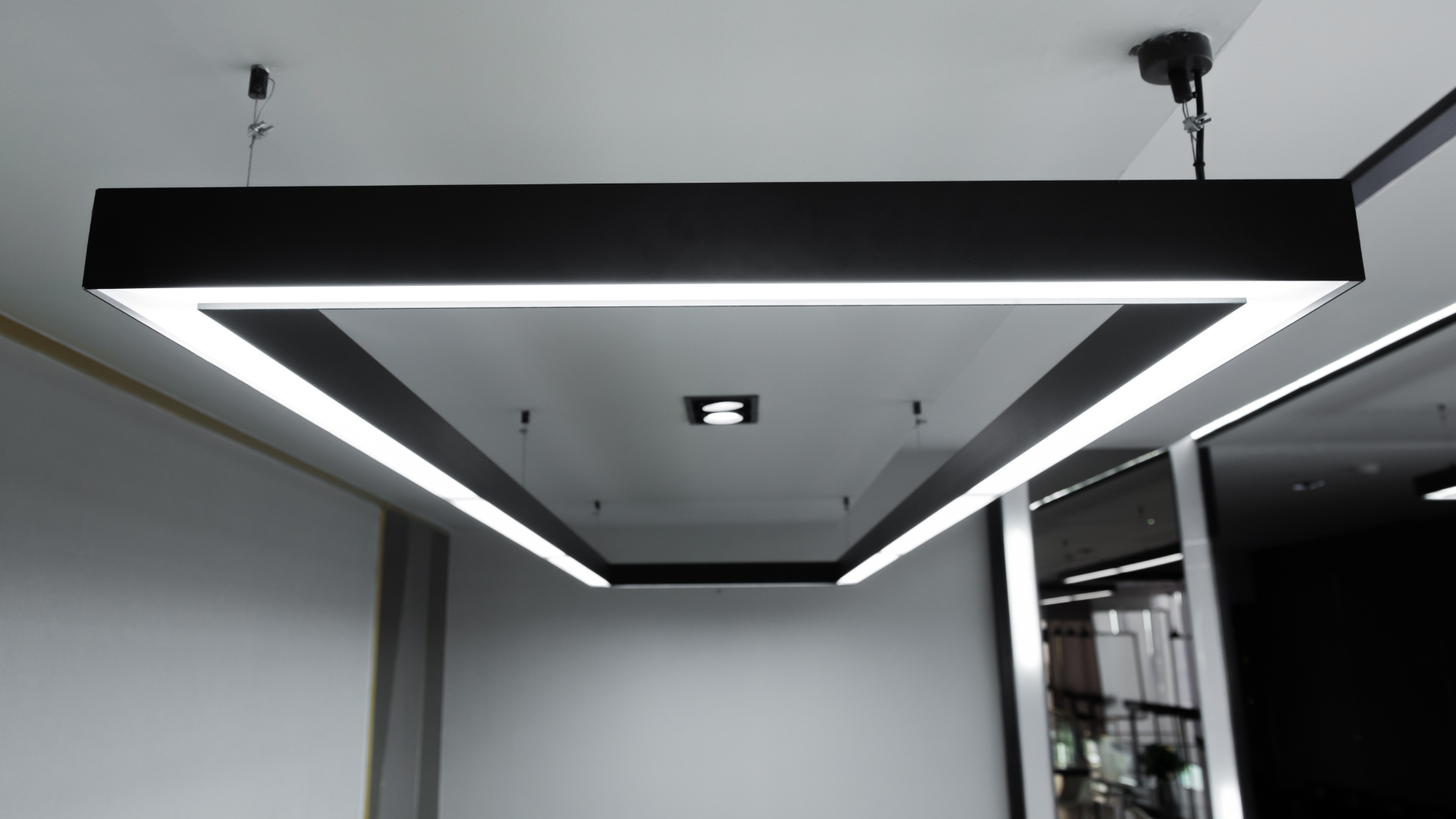What's the difference between line voltage and low voltage (12v or 24v) lighting?

Interest in low voltage, or 12v, lighting has grown in our increasingly energy-conscious customers over the last several years, with the emergence and proliferation of long-life, energy-efficient lighting.
But to properly understand the full benefits of low voltage lighting, we should start here: low voltage lighting is more of a tactical application than a budgetary or energy-saving one, though there may be moderate gains in these areas in certain instances.
Let’s dive into what low voltage lighting is, how it’s different from line voltage lighting, and the pros and cons of using this kind of system in your space.
What is low voltage (12v or 24v) lighting?
Low voltage lighting systems use a transformer to reduce normal line voltage (120 or 277 volts, usually) to 12 or 24 volts. It is often used in recessed, track, pendant, landscape, and display lighting applications, among some others. It is most useful when trying to deliver light to a tight, difficult-to-access area.
What is line voltage lighting?
Most lighting systems run off of line voltage. It is standard in lighting, while “low voltage (12v or 24v) lighting” is used less commonly. Line voltage lighting systems typically use 120v or 277v to supply power to lighting fixtures. Line voltage lighting systems do not require transformers to power lighting fixtures in many different applications.
Line voltage lighting vs. low voltage lighting: which is best for your space?
When it comes to choosing the right lighting system for your project or space, it’s important to understand the pros and cons of both line voltage and low voltage systems, and where each is most commonly used.
Where to use line voltage lighting
Line voltage lighting can be used just about anywhere low voltage lighting could be used, although the inverse is not true. Line voltage lighting systems can spread as far as you can run
Where to use low voltage lighting
Low voltage lighting is often used in display lighting or in any application where it is challenging to run full standard-voltage electrical conduit and wire.
Low voltage lighting systems are commonly used for display lighting applications, in addition to landscape applications, and is sometimes used in select pendant and recessed applications. Its main limitation has to do with distance – you can only get low voltage so far from a transformer box.
Low voltage lighting pros and cons
Because line voltage lighting is the standard way to get power to lighting fixtures, we’ll only look at the pros and cons of low voltage lighting in this article.
Low voltage lighting pros
- Safety
The voltage that runs from the transformer to the fixtures is significantly less powerful than line voltage. This feature makes low voltage lighting particularly common in landscape applications where you might be burying wire underground. - Movability
Low voltage lighting is less permanent than standard line voltage lighting, which is quite difficult to re-arrange. Adding an additional fixture to a low voltage system is relatively easy, so long as there’s enough power coming from the transformer to power the light. - Energy saving potential
While low voltage lighting is often falsely assumed to automatically provide energy savings, finding energy savings from a low voltage lighting system is certainly possible. If you can maximize the voltage being reduced from the transformer, you could end up getting multiple fixtures powered and lit from the same voltage that would conventionally power one.
Low voltage lighting cons
- Potential of voltage drop
Connecting lighting fixtures to line voltage is similar to connecting a garden hose nozzle directly to the spout – not to the end of the hose. The power is reliably there and immediately so. Connecting lighting fixtures to low voltage is similar to connecting a garden hose nozzle to the end of a garden hose. Depending on the length of the hose and the amount of resistance or any kinks experienced throughout its run, the power can be reduced by the time it reaches the nozzle. Low voltage lighting systems are at similar risk for lacking full power by the time the voltage arrives at the fixtures. - Limited load capacity
Transformers can only handle so much load, so you could end up limited in your fixture choices and their respective wattages. This can make lighting specification relatively tedious. - Increased complexity for inspection
Because a low voltage system is more intricate than a standard line voltage system, the potential of running into difficulty during inspection is increased. Sometimes, a fixture may be UL listed, but a remote driver might lack such a mark. - Installation and maintenance challenges
Electrical contractors are likely to be less familiar with low voltage installs, which could add to the labor charge for a project and increase the likelihood of errancy. Furthermore, when low voltage fixtures need maintenance, the skill of that labor to understand the system and identify where a transformer that’s powering a low voltage fixture is could come at a premium.
When choosing between line voltage and low voltage lighting systems for your application, be sure you know the real differences between the way the systems work and are installed.











